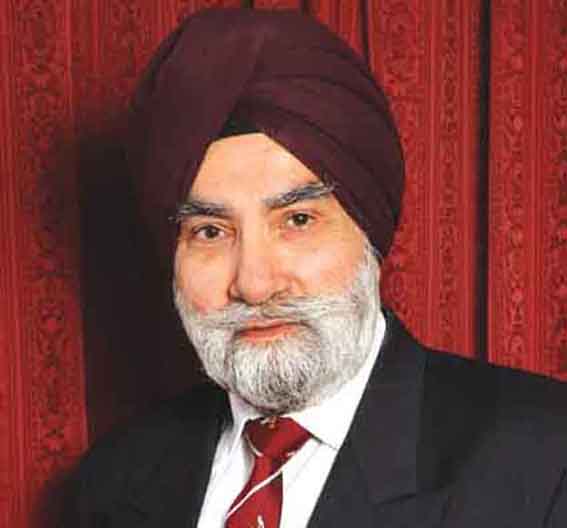Vaisakhi 2022: The State of the Panth

Vaisakhi 1699 was the high point of Sikh tradition. The inauguration of the Khalsa Panth was the climax of all that had gone before and the inspiration of all that was to follow.*
The state of the Panth can only be assessed with reference to the original ideals and theo-social-political objectives of the Khalsa society established by Guru Nanak Sahib. If that reference back to the original mission and objectives is no longer possible due to distortion of Sikh ideology and history then the followers of the Guru, the Sikhs, are no longer following the same path as was shown by the Guru. They go in different directions and the Panth gets divided.
Yet, the Sikhi theo-social-political objectives are continually repeated in the Panthic Constitution, Guru Granth Sahib, summarised in the daily Sikh Ardas and set out under the Corporate Objectives in the second part of the Sikh Reht Maryada. Regarding the Nirmal Panth (nirmal is interpreted as unique and free from distortions) started by Guru Nanak, Dr Karminder Singh of Malaysia writes: The uniqueness of Sikh was total and complete. Every aspect of Sikh Spirituality was uniquely different from the then existing ones. The Sikh way of life swept away the cob-webs of out-dated practices in the name of religion.
However, as Dr Karminder Singh writes, the spirituality of Sikhi which was constructed over a period of 239 years (1469 -1708 AD ) by our Gurus has been hijacked by the Udasis, Nirmalas and Dera Sants. The three groups in succession controlled Sikh literature, historical narratives, and institutions, including gurdwaras (and by extension the fate of Sikhi) for a long period of 207 years (1718 till 1925).&hellip.. Thus, Sikhi as it is practiced today...has been distorted through vedic and puranic slants in interpretations and translations its history muddled&hellip**.
The counter argument is that these groups, otherwise steeped in Vedic thought, stepped in to save Sikhi when external challenges were threatening the survival of the Khalsa Panth. However, that excuse does not disprove the introduction of Vedic influence and the distortion of Guru and Khalsa history through the fiction of sakhis. In modern times university Sikh chairs and interfaith representatives seeking positions, have done damage to pristine miri-piri Sikh thought for own reasons.
From the above, it is clear that continual reference back to the founding principles of the Nirmal Panth of Guru Nanak is important for Sikh qaumi survival. Otherwise, Sikhi would simply appear to be an extension or worse, a bad copy of the pre-1469 religions. The uniqueness of Sikhi due to its relevance to the New Age would be eroded.
The seed of the sovereign Nirmal Panth was sowed by Guru Nanak Sahib (1469-1539). Kartarpur Sahib was established as a theo-social of self-rule for the human society. The Guru-in-Sangat gave spiritual guidance and dispensed temporal justice accordingly. Thus, the foundation of the independent theo-temporal (miri-piri) Khalsa Panth, was laid.
New towns, administratively based on the above principle, were founded by successor Gurus as Sikh centres. Sikh Sangats linked to the Guru formed the nuclei of these towns. Such an egalitarian movement was unlikely to be acceptable to the totalitarian Muslim rulers and their Khatri-Brahmin toadies. The two Guru martyrdoms of Guru Arjan and Guru Tegh Bahadur followed. The invincible mar-jeevra saint-warriors emerged (pragteo) as the Khalsa Panth on the Vaisakhi Day in 1699.
* https://www.sikhmissionarysociety.org/sms/smspublications/Vaisakhi1699GurmukhSinghSEWAUK.pdf
**https://www.sikhmissionarysociety.org/sms/smsarticles/advisorypanel/karmindersinghdhillon/thehijackersofsikhi/
Gurmukh Singh OBE
Principal Civil Servant Retd